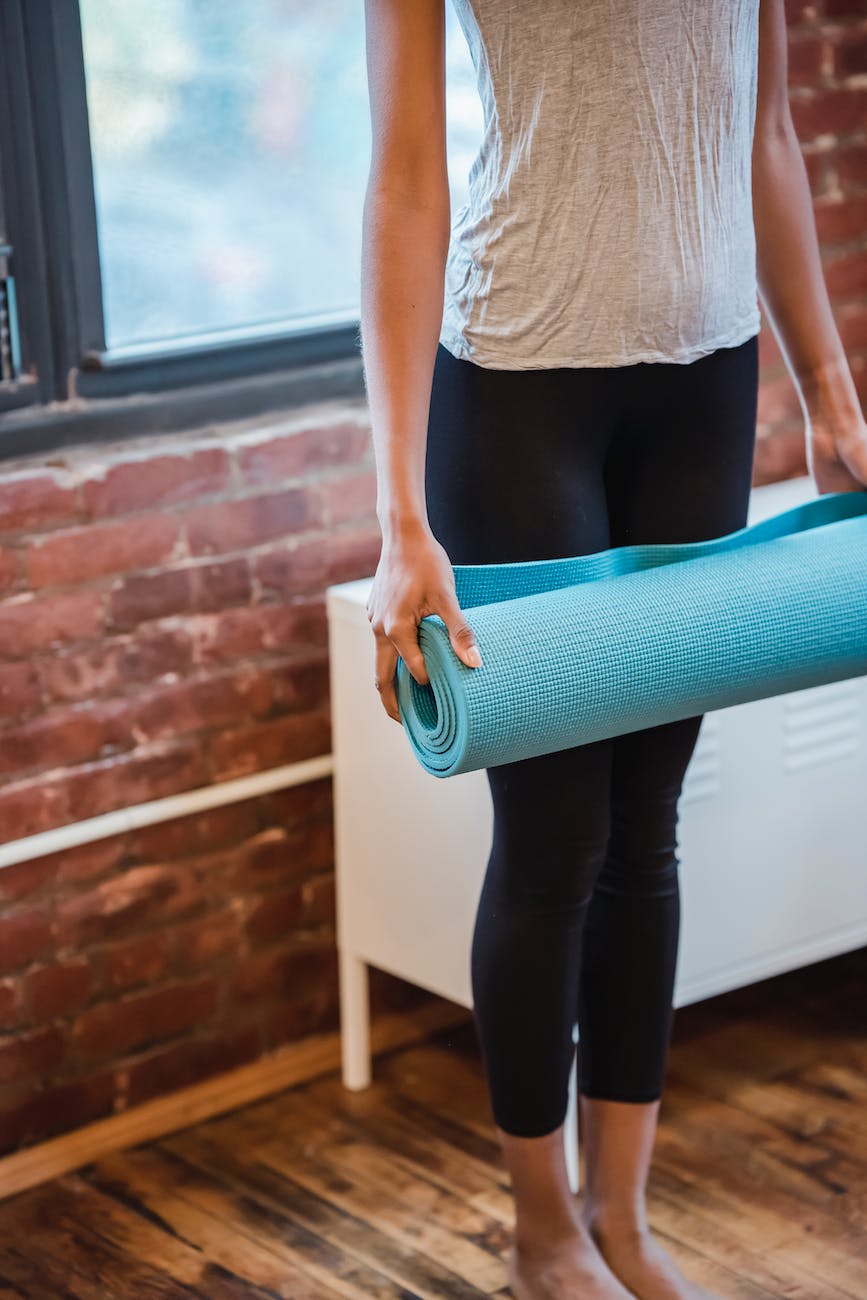
Wall Pilates is a variation of the traditional Pilates method that incorporates the use of a wall as a prop. This innovative approach allows for added resistance and support, enhancing the effectiveness of the exercises. By using the wall, practitioners can achieve better alignment, deeper stretches, and more challenging strength exercises.
Benefits of Wall Pilates:
- Enhanced Support: The wall provides stability, making it easier for beginners to maintain proper form and alignment.
- Increased Resistance: Using the wall adds an extra layer of resistance to exercises, intensifying the workout and engaging muscles more effectively.
- Improved Flexibility: The wall can assist in stretching exercises, helping practitioners achieve a deeper stretch and enhance flexibility.
- Better Posture: Wall Pilates exercises emphasize spinal alignment, leading to improved posture over time.
- Core Strengthening: Like traditional Pilates, Wall Pilates places a strong emphasis on core engagement, leading to a stronger and more toned midsection.
- Adaptability: Suitable for all fitness levels, from beginners to advanced practitioners.
How is Wall Pilates different from Traditional Pilates?
Traditional Pilates primarily revolves around floor exercises using a mat. In contrast, Wall Pilates harnesses the wall’s resistance in tandem with your body weight. This combination breathes new life into classic Pilates moves, ensuring a dynamic and engaging workout experience.
Wall Pilates for Weight Loss:
While Wall Pilates primarily focuses on strength, flexibility, and alignment, it can also contribute to weight loss when combined with a balanced diet and regular cardiovascular exercise. The muscle engagement and toning achieved through Wall Pilates can boost metabolism, aiding in calorie burn even at rest.
Wall Pilates for Weight Loss (Free Resources):
There are numerous online platforms, including YouTube and fitness blogs, that offer free Wall Pilates routines tailored for weight loss. These routines often combine traditional Pilates exercises with more dynamic movements to increase heart rate and calorie burn. The best place to start would be this post 28 Day Wall Pilates Challenge for Free
Discover More with the 28-Day Wall Pilates Challenge
For those who’ve been captivated by the allure of Wall Pilates and are eager to delve deeper, we have something special in store for you. Dive into our comprehensive guide on the 28 Day Wall Pilates Challenge for Free. This challenge, designed to be both invigorating and rewarding, offers a transformative journey right from the comfort of your home. Whether you’re a seasoned Pilates enthusiast or a curious beginner, this challenge beckons with the promise of a unique workout experience. Explore the guide to embark on this transformative journey and discover the power of Wall Pilates.
In Conclusion:
Wall Pilates is a versatile and effective workout method that offers the benefits of traditional Pilates with the added resistance and support of a wall. Whether you’re aiming for improved flexibility, better posture, core strengthening, or weight loss, Wall Pilates can be a valuable addition to your fitness regimen.
FAQ Section for Wall Pilates
1. What exactly is Wall Pilates?
Wall Pilates is an innovative variation of traditional Pilates that integrates the use of a wall as a primary prop. This approach offers added resistance and support, enhancing exercises and making them adaptable for individuals of varying fitness levels.
2. How does Wall Pilates differ from traditional Pilates?
While traditional Pilates primarily revolves around floor exercises using a mat, Wall Pilates harnesses the wall’s resistance in combination with body weight. This unique blend breathes new life into classic Pilates moves, ensuring a dynamic and engaging workout experience.
3. What are the primary benefits of practicing Wall Pilates?
Wall Pilates offers a myriad of benefits, including enhanced support for better alignment, increased resistance for muscle engagement, improved flexibility, a focus on spinal alignment leading to better posture, and adaptability for all fitness levels.
4. Can Wall Pilates aid in weight loss?
Wall Pilates, with its focus on muscle engagement and toning, can boost metabolism. When paired with a balanced diet and regular cardiovascular exercise, it can contribute to weight loss by increasing muscle tone and metabolic rate.
5. Are there free resources available for Wall Pilates routines?
Absolutely! Numerous online platforms, especially YouTube and various fitness blogs, provide free Wall Pilates routines. These resources often combine traditional exercises with dynamic movements tailored for different goals, including weight loss.
6. Is Wall Pilates suitable for beginners?
Indeed, Wall Pilates is especially beneficial for beginners. The wall provides stability and support, ensuring that even those new to Pilates can maintain proper form and alignment, making it an inclusive workout for all.
7. How often should one practice Wall Pilates for noticeable results?
For optimal results, it’s recommended to practice Wall Pilates 3-4 times a week. However, the frequency can vary based on individual goals and fitness levels. Consistency is key to seeing improvements in flexibility, posture, and muscle tone.
8. Do I need any special equipment for Wall Pilates?
The primary “equipment” you need is a sturdy wall. Some routines might incorporate additional props like resistance bands or small weights, but many exercises solely rely on body weight and the wall for resistance.
Blog Tags for the Post:
Wall Pilates, Pilates variation, fitness trends, core strengthening, flexibility exercises, home workouts, bodyweight exercises, posture improvement, Pilates for beginners, muscle toning.










[…] What is Wall Pilates? […]
[…] suggested read: What is Wall Pilates? […]
[…] you might want to have a look at What is Wall Pilates? and 28-Day Wall Pilates Challenge for […]